Electrical power in Italy is 230V 50Hz like rest of the Europe, but power outlets are different.
Typically the outlet I saw in hotel at Sardegna is for three pin grounded plug on the right, while I am more used to SCHUCO on the left.
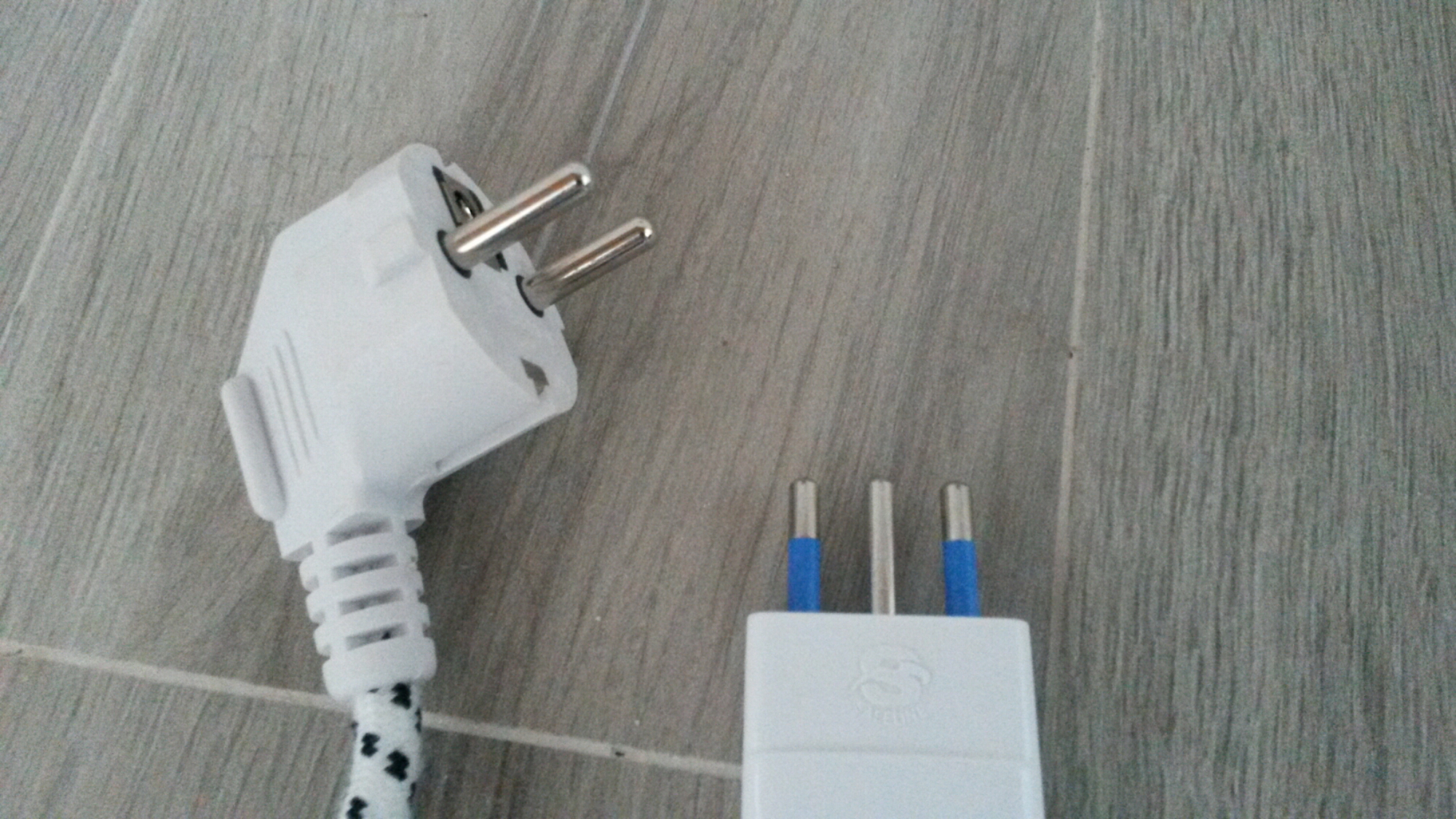
This is what modern outlet looks
This accept Italian and EURO plug.
I also found Italian and shuco combo outlet.
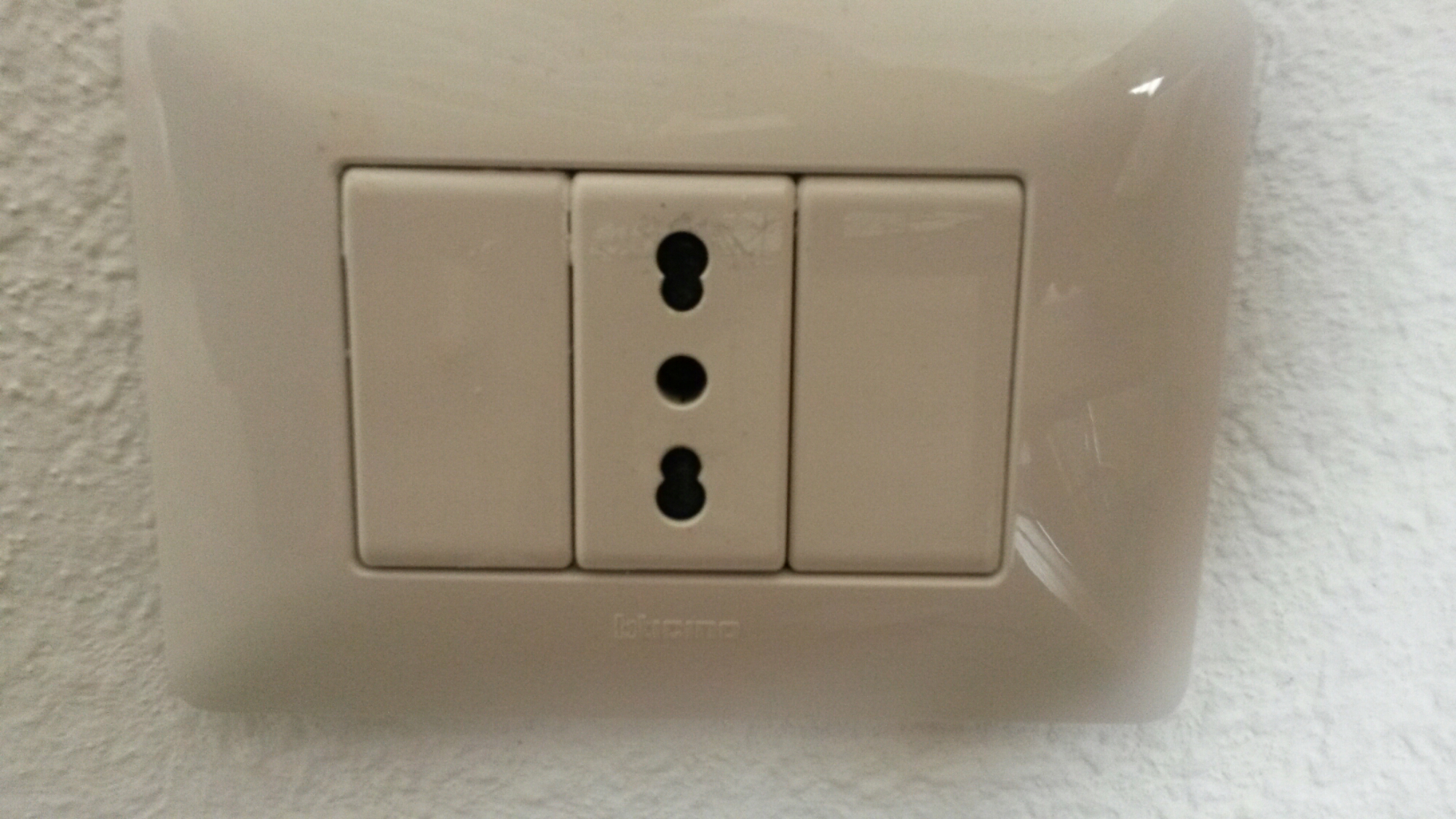
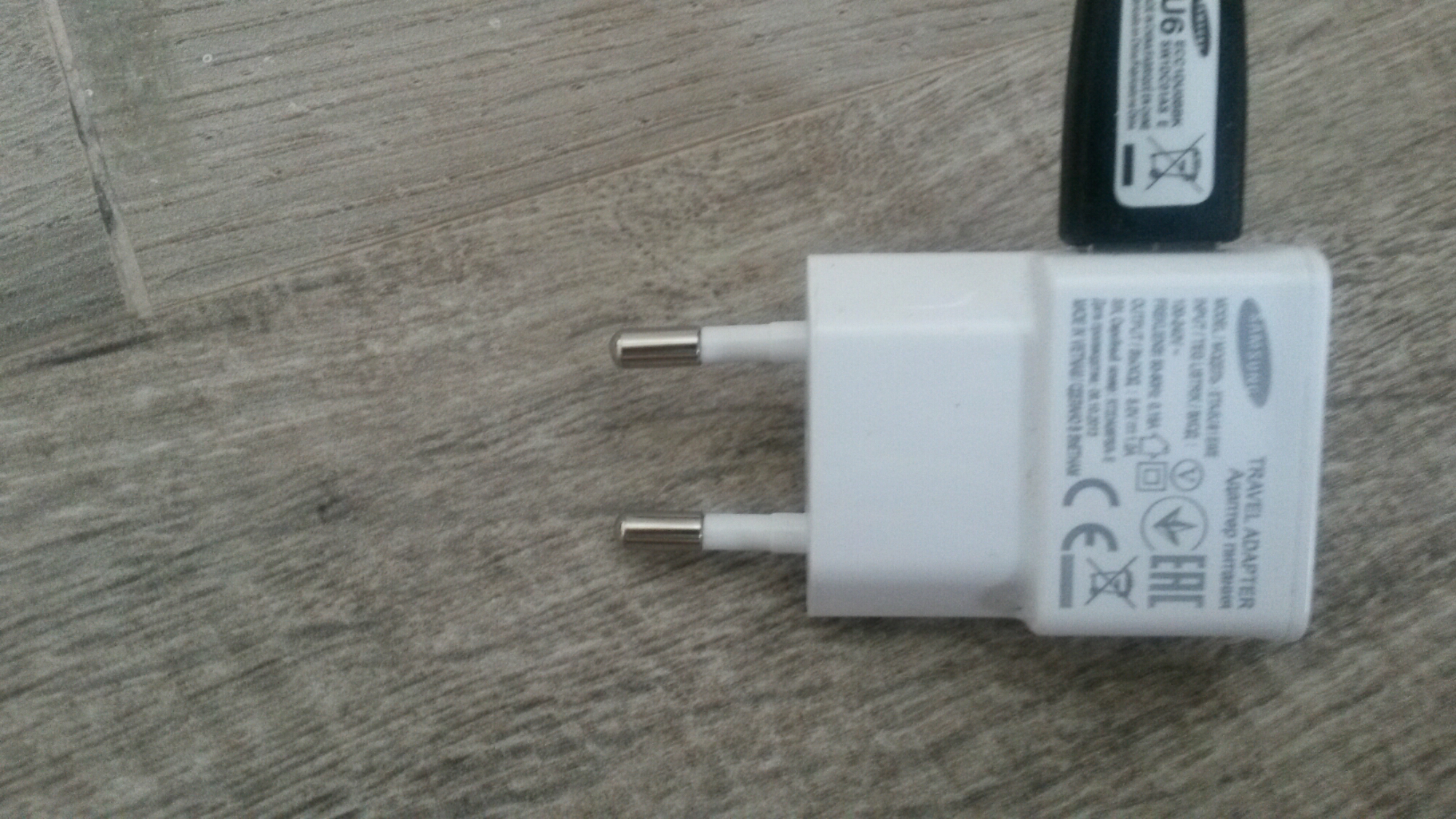
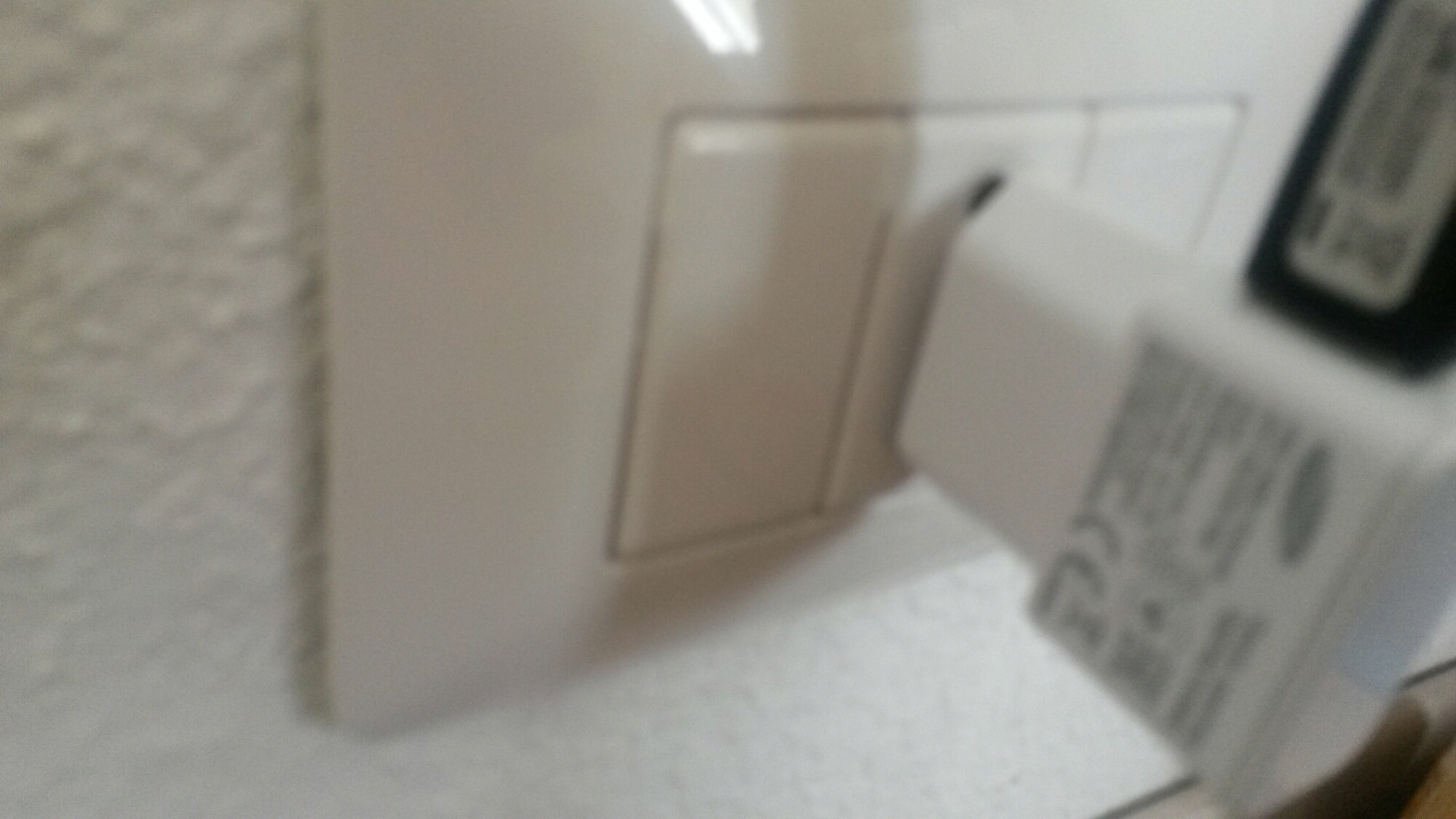
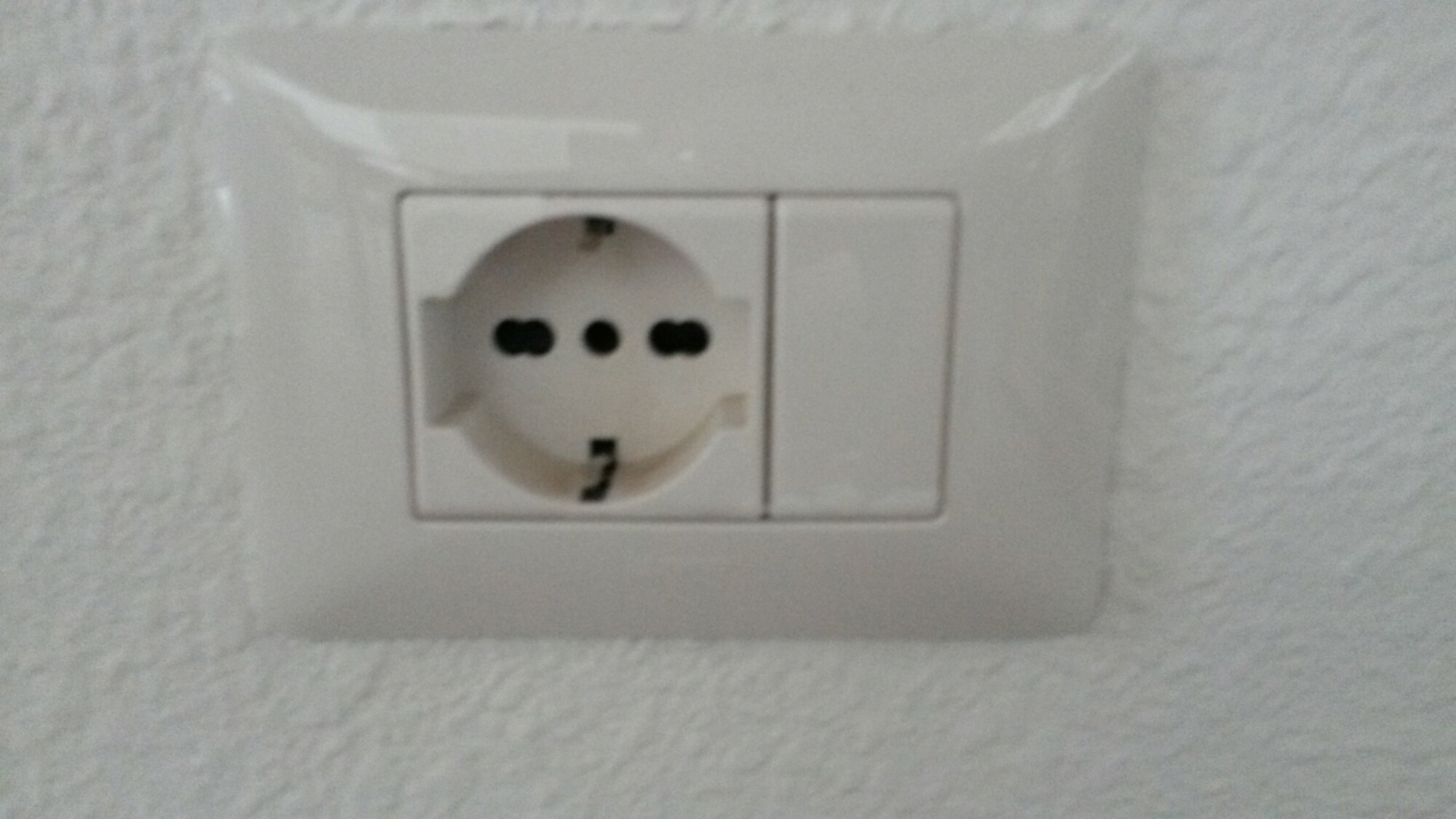
9 Comments
Tomi Engdahl says:
Italy is complicated — power plugs and adapters
https://www.youtube.com/watch?v=pqWIiCHstmM
The different types of Italian power plugs and adapters. 16 amp, 10 amp, and shuko.
Tomi Engdahl says:
Italian wall socket vs. European plugs
https://www.youtube.com/watch?v=k_fz1vbh1Vw
Take that, Italy! ;]
Tomi Engdahl says:
EURO PLUG adaptor from pound shop did not work in Italy
https://www.youtube.com/watch?v=0fSHWigZTUQ
Tomi Engdahl says:
Italy is complicated — power plugs and adapters
https://www.youtube.com/watch?v=pqWIiCHstmM
The different types of Italian power plugs and adapters. 16 amp, 10 amp, and shuko.
Tomi Engdahl says:
Checking out Italian electrics – Surprisingly neat!
https://www.youtube.com/watch?v=LxCkjPCLI6Q
Thomas – the type of guy that goes on holidays and pulls apart the hotels electrics
electrians always check electrics in other countries
Tomi Engdahl says:
Comments from https://www.youtube.com/watch?v=LxCkjPCLI6Q
Here in italy we have to use the breakers with L and N because we have the TT system and not the TN system
I guess the main difference, why we need double polar fuses, is because neutral isn’t always neutral.
You don’t really need isolators in these types of installations, as you can turn everything of in the fuseboard individually.
While the UK went with a ring, most installations in mainland Europe are a star. The star topology allows easy cutoff, of individual rooms/appliances like bathroom, cooker or dishwasher as an individual set of wires is run to each appliance directly from the fuseboard – so there is actually no need to have an isolator anywhere outside the fuseboard.
Each circuit goes straight to a breaker in the panel
Few answers from a German point of view:
- Ferrules are necessary if you use mutli conductor wires such as H07Z-K. Multi conductor wires are also easier to run through corrugated pipes. For some reason it seems that single conductor wires such as H07V-U go out of style. NYM cables would also be connected directly to the breakers.
- Was the lightning fixture switched by a simle relay or by an “Eltako” (latching relay).
- Isolator switches on outlets are not necessary here as we have a star topolgy and each circuit has its own fuse/breaker in the distribution panel. Ovens will have an own connection socket for three phase AC. If it’s single phase only system the amperage is higher (25A) for the oven and the three phases will be bridget.
- The circuits from one room might be split in one or more distribuion boxes. Often theses are covered with wallper or paint.
- It’s totally normal here to have power outlets in the bathroom next to the sink. It’s an obligation to have a 30mA RCD for bathrooms. Where else should one connect hair dryers, razors, toothbrush-chargers, washing machines, flow heaters etc?
- The light switches may also be directly connected to the fixtures.
The electrian can decide what fuse board he likes to use , but on the inside all fuseboards are made out of plastic which doesn’t need to be earthed. This electrician used metal because it just looks and feels better.
Type C is very common in lots of country. Even my house uses Type C even for lighting circuits
In Germany we have relays for the lighting if there are more then two switches (some electritians are lazy and use them also with two switches, so they won’t have to build a Switch circut)
In Rome there is no requirement to have metal case.All the ones I fitted were plastic.Maybe in commercial use.
Double pole isolators for the ones that do a good job(ABB),and cheap single pole for the ones that just don’t care.
90% of the time the main line in is 6mm.
The kitchen appliances have their own line and breaker,so does the AC unit.
.as there are no Ring Circuits in Europe & all Cables were singles in in flexi conduit , which you can buy with cables incorporate inside the conduit or not, double pole MCB’s as standard main switch RCD as standard, Cookers were wired to a 30/40amp plug-top into a 30/40amp socket all lighting 10amps fed from 1.5mms cable as standard.
From what I can tell all EU country’s have a main RCD and all final circuits are double poles radial circuits and don’t really use RCD’s or RCBO’s on these. The EU uses the EN version of BS 7671
I am not an electric contractor, but I like electricity (especially as an IT guy)I know the isolation switch for dish washer etc. is not obligated in Europe mainland. In NL only the washing machine has to have it ‘s own fuse and ground. And wet places need obligated ground. But also no isolation switch required indeed.
Seems about the same as in Holland, here we run all wiring in pipes through the walls and floors, each group max 16A , in bathrooms we run the earth connection from outlets direct to a earthstrip mostly under the sink in the wall, from there earth runs to all metal , heater, shower , lights… so not too bad, it might be the same thing in Italy. About relais; not very common but hotels and stuff might use it
About the fuseboard, not sure what the req is in Italy but in most of the EU plastic fuseboards are OK. The plastic must be fire-rated though.
In all of the EU the neutral is blue, ground is green/yellow and live is brown/black if it’s a modern standard.
Seems a fairly typical installation for Europe. Lived in France for a while and the setup was pretty much the same. No isolation switches for appliances.
Almost the same, as we do in Denmark.
Ferrell crimps are only needed for multi stranded flexible cable because the cores weaken and eventually snap once they have been terminated, but makes the job look a lot neater
Laughable to think that a metal box will contain a fire .
The fire brigade was blamed for wanting metal boxes yet they make no difference to a fireman at all.
Money making exercise, nothing more .
Double pole interruptors essentially are isolators. You take a circuit out of service, then it is fully out of service and isolated.
The double pole breakers originally began because of the 127/220v system I believe where both poles were phases. (127 line to earth, 220 line to line) When they switched to 220/380v they just kept it as it’s safer. That’s also why most EU plugs are not polarised
its hager fuse board…. metal its just for nice cover
They use double pole MCBs because they don’t pay much attention to polarity. Relays, I believe they use them as an alternative to two-way lighting configurations.
I highly recommend using wire ferrules on your stranded wire. It makes it so much cleaner and easier. Another thing is that you should make sure to get a crimper that is self adjusting with a hexagonal crimping profile. Many crimpers will crimp either square or trapezoidal profile, these are pain because the wire doesn’t always want to go into the terminal like you want it to. The set I use are from Phoenix Contact, but I think they are rebranded Knipex.
Not Italy but Denmark.
- We use aswell 2-pole breaker reason for that is you have to have the way to isolate Neutral on circut You working on.
- Relays been in use aswell here more for if you decaidet to make it into smart house later on it’s easier, and it pretty easy to add more switches (in our installation we use most latching relay)
- We don’t use isolattors on cooker, dishwasher, washing machines etc. reason they are on separate circuts brekarers so You using breaker as isolator.(typical Your washing machine and dryer are on one breker and your stove and cooker is on the other one [but we use all 3 phases in our installations] )
However we using isolators on airconditoner/heatpump
- Often we use farrels on cabel however it’s only for neat installation. Code says You have to use them on fine stranded wire (reason you don’t want to have small wires causing an short)
- Bathroom’s our zones goes from shower/bathtub so this kind of socket af prefectly fine in our installation, overhead light has to be either on high of 220 cm from ground or in distance of 120 cm from shower head.
But yeah it’s alot of differences between countrys.
I was a sparky in France for 10 years and the relays for lighting as it is the only way to do 3 + way switching
Tomi Engdahl says:
Italy is complicated — power plugs and adapters
https://www.youtube.com/watch?v=pqWIiCHstmM
The different types of Italian power plugs and adapters. 16 amp, 10 amp, and shuko.
Comments:
The Italian standard (three pins inline) is unique to Italy. The reason there are two sizes of it stems from the days when electricity in Italy was billed on two separate meters at two separate rates, for two separate circuits in the homes: smaller plugs for lighting, larger plugs for power. Nowadays, the size difference is simply to account for differences in amperage
Also in Chile uses Italian outlets. Argentina uses Australian outlet with Europlug universal outlet.
Those 3 pin plugs are typical Italian afaik. Almost whole Europe uses the 2-pin plugs. Belgium has an added earth pin in their sockets which goes into that Shuko plug.
Italy and Switzerland use different power plugs
I don’t see anything complicated:
10 Amps 2 prong plugs: light loads with double insulation, like the Type A plug in the USA
10 Amps 3 prong plugs: light loads that require earthing, like the Type B in the USA
16 Amps 3 prong plugs: outdated and not used anymore, however since there are still old appliances in many houses it’s obviously still accepted in nowadays sockets.
The 16 Amp Schuko replaced the 16A italian plug on modern appliances , and it’s a PAIN IN THE ASS due to the space it takes. The guy suggesting that the world should adopt the UK plug should be SHOT at point blank.
So at the end of the day, there are only 2 types of sockets, exactly like in the USA.
Complicated?
Morgan Bwogi says:
Hello,
We are a sourcing and procurement company with very many clients within East and Southern Africa. We are sourcing on behalf of one of the buyers for a manufacturer, distributor, or reseller for the following products:
Sockets and Switches
Circuit breakers
Please quote the prices in USD for the above with CIF terms to Mombasa port. Thereafter we shall discuss with our client and then forward to you the details in which you will issue a proforma invoice.
Awaiting your swift response towards establishing a long-term relationship with your prestigious company.
–
Kind Regards,
Morgan Bwogi
Sales Manager
Soft Ventures Limited
Prime Complex Building, Suite 11, Wilson road
Tel: +256758388646
Morgan Bwogi says:
Hello,
We are a sourcing and procurement company with very many clients within East and Southern Africa. We are sourcing on behalf of one of the buyers for a manufacturer, distributor, or reseller for the following products:
Sockets and Switches
Circuit breakers
Please quote the prices in USD for the above with CIF terms to Mombasa port. Thereafter we shall discuss with our client and then forward to you the details in which you will issue a proforma invoice.
Awaiting your swift response towards establishing a long-term relationship with your prestigious company.
–
Kind Regards,
Morgan Bwogi
Sales Manager
Soft Ventures Limited
Prime Complex Building, Suite 11, Wilson road
Tel: +256758388646